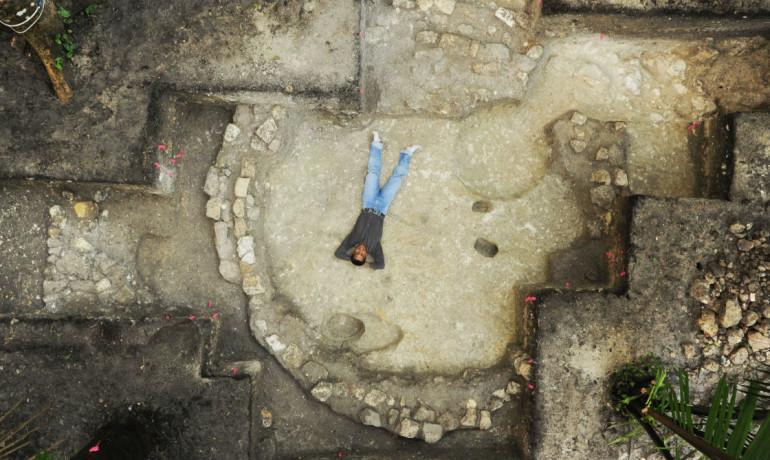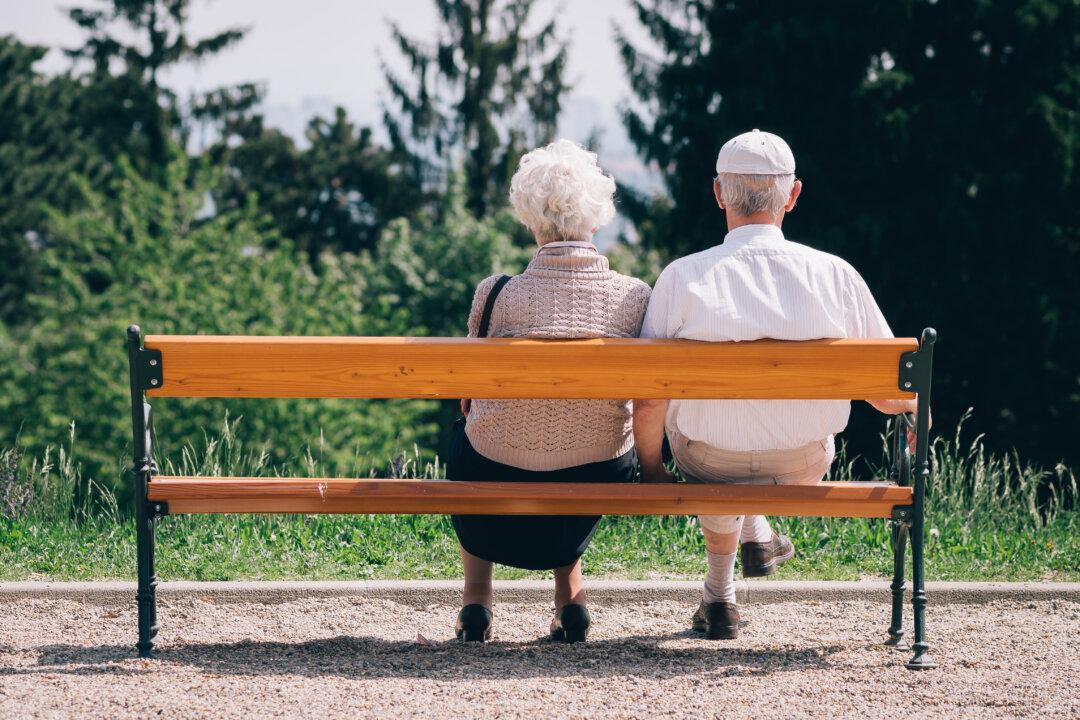Excavations at the ancient Maya lowlands site of Ceibal in Guatemala suggest that as the society moved from a heavy reliance on foraging to one of farming, the mobile communities and settled groups may have come together to collaborate on construction projects and participate in public ceremonies.
The findings challenge two common assumptions: that mobile and sedentary groups maintained separate communities, and that public buildings were constructed only after a society had fully put down roots.

Early burial at Ciebal, about 500 B.C. Takeshi Inomata




